China is a land of breathtaking contrasts, where ancient traditions sit harmoniously beside futuristic cityscapes. Planning a trip can be overwhelming, given the sheer scale and diversity of experiences available. This guide is designed to be your comprehensive companion, walking you through the must-see scenic destinations in China, step by step. We'll help you craft an itinerary that captures the soul of this magnificent country, from its iconic landmarks to its hidden gems.
Let's start with the absolute essentials, the places that define China in the global imagination. No first-time visit is complete without experiencing these legendary sites.
The Great Wall of China is more than just a wall; it's a staggering feat of engineering that snakes across mountains and valleys. A common question many travelers have is, "which section of the Great Wall should I visit?" The answer depends on your preferences. For a well-restored and easily accessible experience with stunning views, the Badaling section is the most famous. If you prefer a slightly less crowded but equally magnificent option, consider Mutianyu, where you can even take a cable car up and a toboggan ride down. For the adventurous soul seeking a wild, unrestored hike, Jiankou offers raw, dramatic beauty but requires good physical fitness. Remember, visiting the Great Wall involves a lot of walking, so wear comfortable shoes and bring water.

Next, we journey to Xi'an to witness the silent, subterranean army that guards China's first emperor. The Terracotta Army is an archaeological wonder that truly must be seen to be believed. Discovered by farmers in 1974, this vast collection of life-sized soldiers, chariots, and horses, each with unique facial features, is an unforgettable sight. To make the most of your visit, consider hiring a local guide at the site. They can bring the history to life, explaining the stories behind the different pits and the ongoing excavation work. It’s one of the most profound historical sites you will ever encounter.
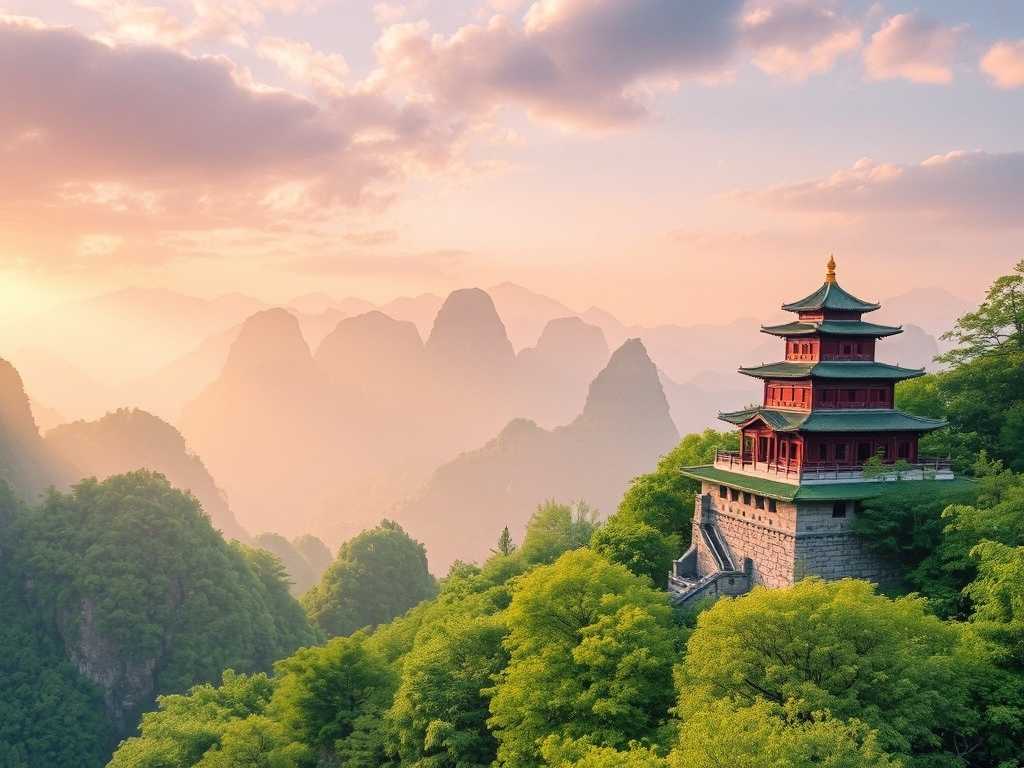
From the ancient capital, we move to the natural masterpiece of Guilin and Yangshuo. The landscape here has inspired Chinese poets and painters for centuries. The quintessential experience is a Li River cruise from Guilin to Yangshuo. As you drift down the serene river, you'll be mesmerized by the otherworldly karst limestone peaks shrouded in mist. It’s a scene straight out of a traditional Chinese painting. Once in Yangshuo, you can rent a bicycle and explore the countryside, weaving through rice paddies and small villages. For a truly unique perspective, try bamboo rafting on the Yulong River. The area is also a hub for learning authentic Chinese cooking, with many farms offering hands-on culinary classes.
Now, let's explore the vibrant urban centers that showcase China's dynamic present and future.
Shanghai is a dazzling metropolis where the past and future collide. A stroll along the Bund is essential. On one side, you have a spectacular view of the futuristic Pudong skyline, with the iconic Oriental Pearl Tower. On the other side, you see grand colonial-era buildings. For a bird's-eye view of it all, head to one of the city's incredible observation decks, like the one at the Shanghai World Financial Center. Don't miss the Shanghai Museum in People's Square if you want to delve deep into ancient Chinese art. And for a taste of local life, get lost in the narrow alleys of the Old City, or visit the serene Yu Garden, a classical Chinese garden hidden amidst the urban sprawl.
Beijing, the nation's capital, is steeped in imperial history. At its heart lies the Forbidden City, the immense palace complex that was home to Chinese emperors for nearly 500 years. Allow at least half a day to wander through its countless courtyards and grand halls. Right next to it, you can hike up Jingshan Park for a breathtaking panoramic view of the Forbidden City's vast, symmetrical layout. Another unmissable site is the Temple of Heaven, where emperors once performed sacred rituals for good harvests. In the morning, you'll find the park surrounding the temple filled with locals practicing tai chi, dancing, and playing chess—a wonderful cultural immersion.
For a completely different pace, let's head to the mystical landscapes of China's western regions.
Jiuzhaigou Valley in Sichuan province is a place of almost unreal beauty. Often called "Fairyland on Earth," it's known for its multi-colored lakes, cascading waterfalls, and snow-capped peaks. The water is so clear and vividly blue and green that you'll struggle to believe your eyes. The best time to visit Jiuzhaigou is during the autumn when the foliage turns brilliant shades of red, orange, and yellow, reflecting perfectly in the calm lakes. Due to its high altitude, it's important to take it easy to avoid altitude sickness.
Not far from Jiuzhaigou is another natural wonder, Huanglong (Yellow Dragon). This area is famous for its travertine pools—terraced, vibrant pools of turquoise water formed by calcite deposits. A scenic cable car ride takes you up, and you can then walk along a boardwalk that winds its way down past these stunning geological formations.
In the far west, the Zhangye Danxia Landform looks like a rainbow painted onto the mountains. These dramatic, multicolored mountains were formed by millions of years of mineral deposits and erosion. The best time to see the vibrant colors of the Zhangye Danxia Geological Park is at sunset or sunrise, when the low angle of the sun intensifies the reds, yellows, and greens. It’s a photographer's paradise and a testament to the incredible artistic power of nature.
No guide to China would be complete without its enchanting water towns and spiritual sanctuaries.
Just a short trip from Shanghai, you can step back in time in ancient water towns like Zhujiajiao or Wuzhen. Often referred to as the "Venice of the East," these towns are characterized by canals, ancient stone bridges, and whitewashed houses with tiled roofs. Spend a day wandering the cobbled lanes, taking a boat ride along the canals, and visiting traditional workshops. It’s a peaceful and romantic glimpse into a slower, more traditional way of life in China.
For spiritual solace and breathtaking mountain scenery, the Yellow Mountain (Huangshan) is legendary. It's famous for its peculiarly shaped granite peaks, hot springs, seas of clouds, and ancient, gnarled pine trees. Hiking Huangshan is a challenging but immensely rewarding experience. You can also opt to take cable cars part of the way to conserve energy. Many visitors choose to stay overnight at one of the mountain-top hotels to witness a spectacular sunrise above the clouds—a truly magical moment.
Similarly, Mount Emei in Sichuan is one of China's four sacred Buddhist mountains. The journey to the summit is a pilgrimage past countless temples, hidden shrines, and surprisingly, troops of cheeky but adorable monkeys. The summit offers a stunning "Sea of Clouds" view, and if you're lucky, you might witness the rare and beautiful Buddha's Halo phenomenon.
To help you tie all these incredible destinations together, here are some practical tips for planning your China itinerary.
First, consider the seasons. Spring (April-May) and autumn (September-October) are generally the best times to visit, with pleasant temperatures and clear skies. Summer can be hot and humid in the east, and winter is very cold in the north but perfect for seeing the Great Wall dusted with snow.
China is vast, so the best way to travel long distances between these destinations is by high-speed train. The network is extensive, efficient, comfortable, and offers a great way to see the countryside. For longer distances, such as from Beijing to Jiuzhaigou, domestic flights are a time-saving option.
Always be mindful of the cultural norms. When visiting temples and religious sites, dress modestly. It is also a good practice to learn a few basic Mandarin phrases like "ni hao" (hello) and "xie xie" (thank you); your efforts will be greatly appreciated by the locals.
Finally, don't try to see everything in one trip. The key to a successful journey through China is to focus on a few regions. You could create a "Golden Triangle" tour of Beijing, Xi'an, and Shanghai. Or, you could dedicate your time to a specific theme, like a "Nature Lover's Tour" of Guilin, Zhangjiajie, and Jiuzhaigou. Slowing down allows you to connect more deeply with each place, creating memories that will last a lifetime. From the roar of a megacity to the whisper of wind through Huangshan's pines, China is waiting to share its wonders with you.


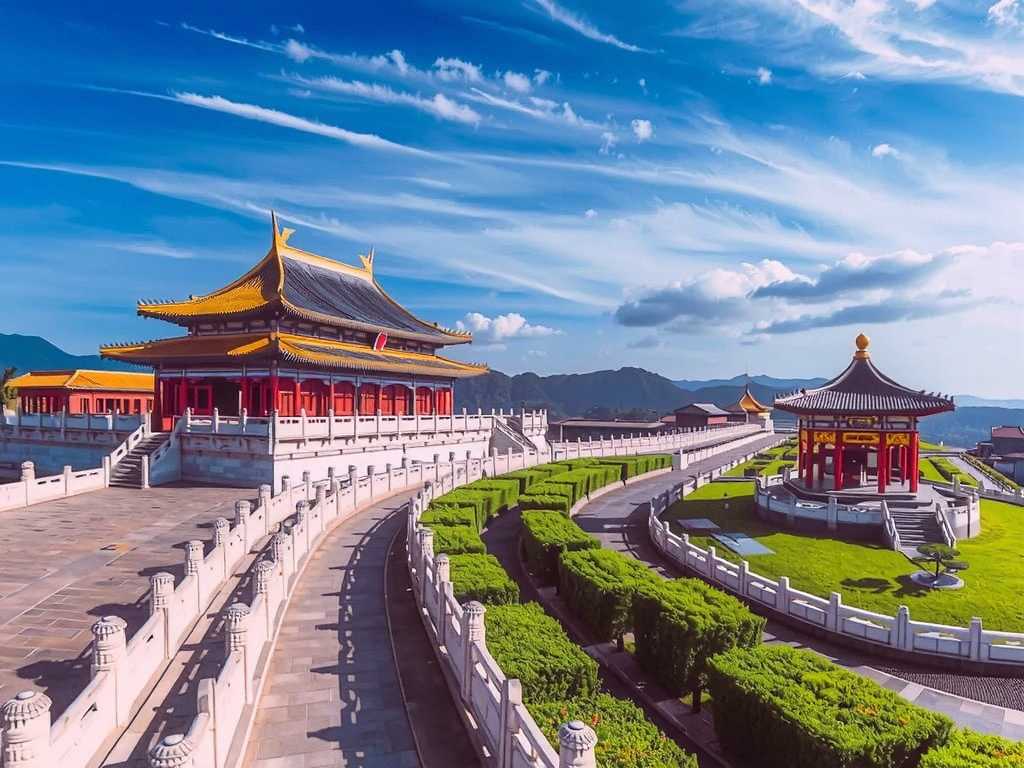
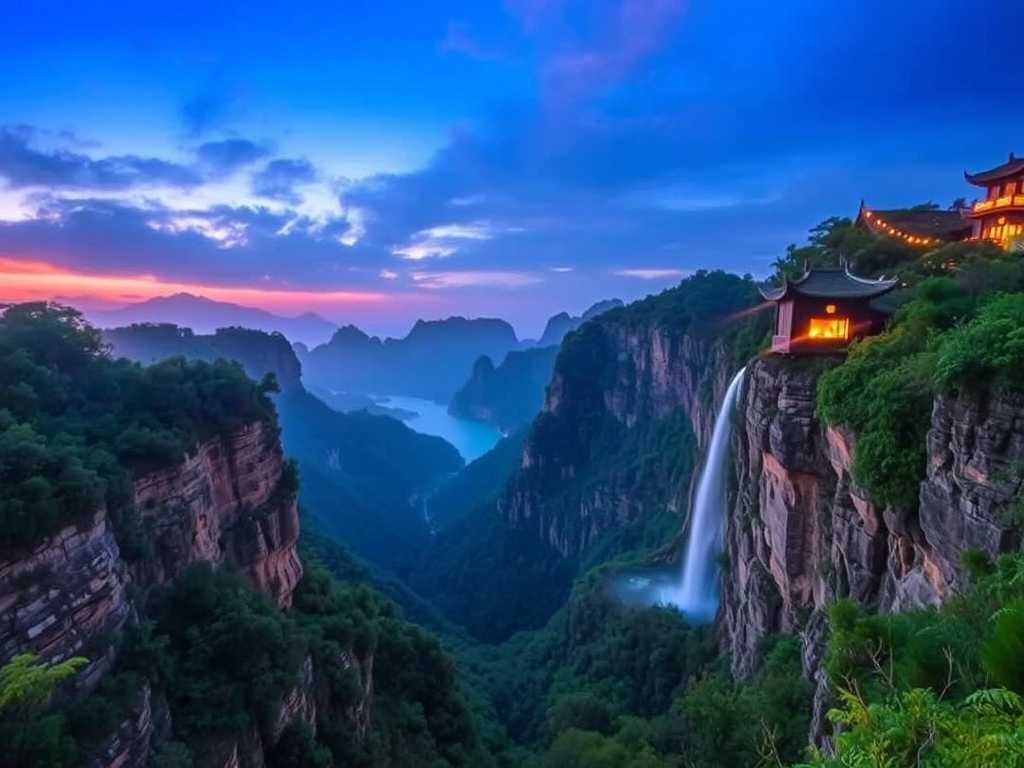
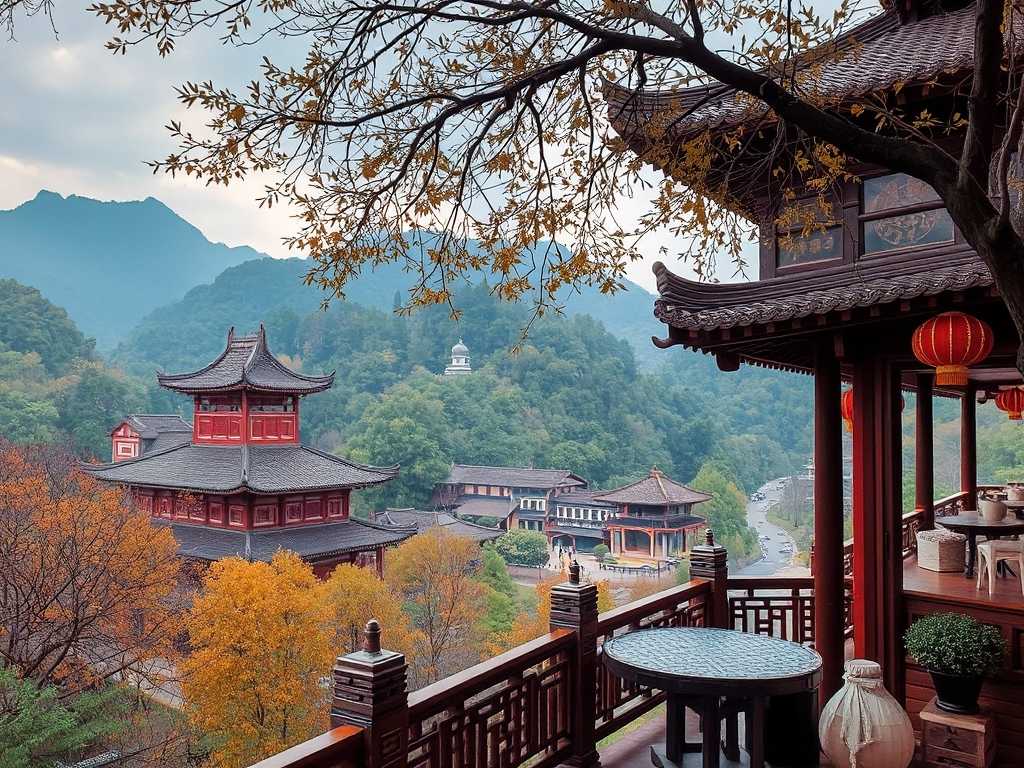
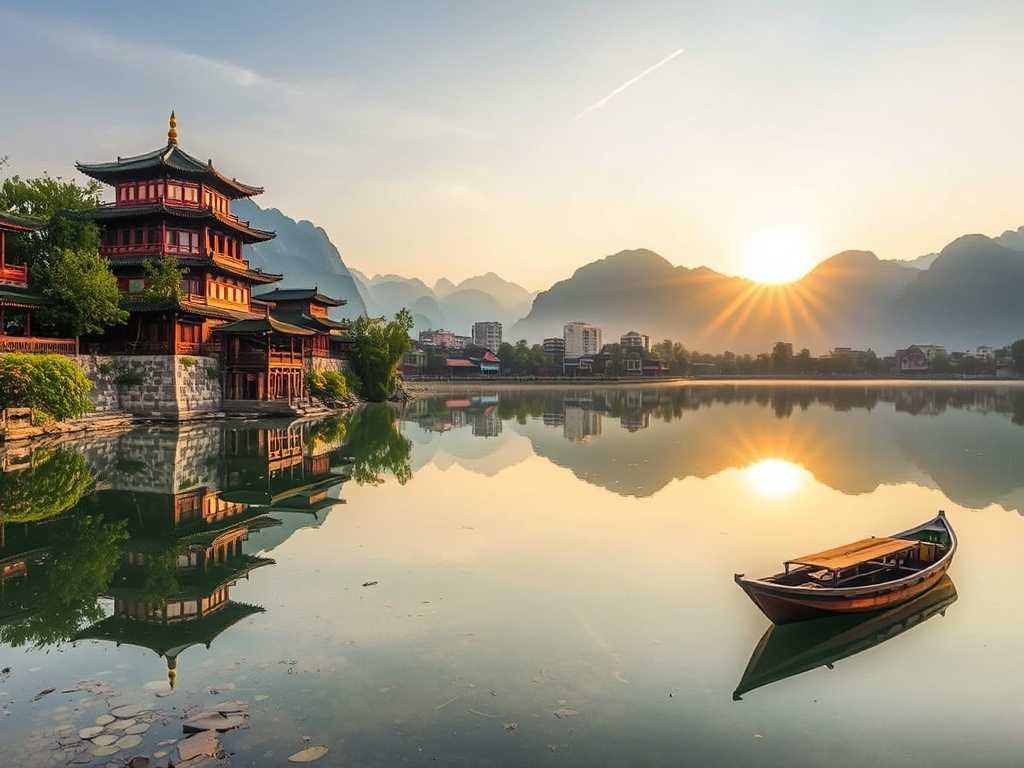
发表评论